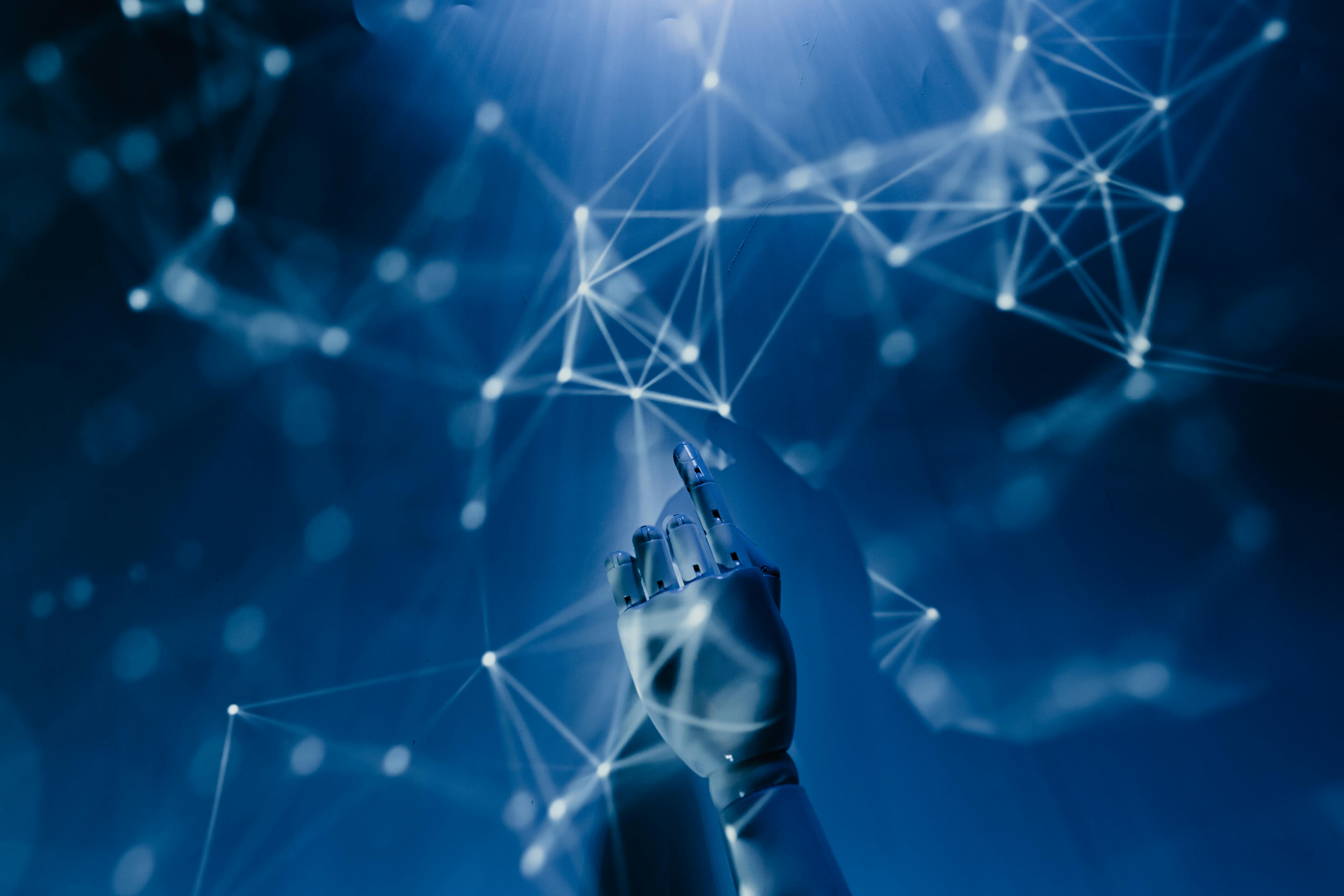
AI-Powered Burnout: Are Bots Stealing Our Joy?
Remember the days when work ended at 5 PM? When emails were a trickle, not a flood? Those halcyon times are fading fast, replaced by a relentless, AI-fueled pressure cooker of productivity. We're told AI is here to make our lives easier, but is it secretly pushing us closer to burnout? Let's dive in and unpack how these seemingly helpful tools are, in some ways, becoming a source of stress and exhaustion.
The Always-On Availability Trap
One of the biggest culprits is the expectation of constant availability. AI-powered communication tools – think Slack, Microsoft Teams, and their AI-enhanced features – make it incredibly easy to ping colleagues at any hour. With AI-powered chatbots offering instant responses and automated workflows, the line between work and personal life is blurring faster than ever. The unspoken implication? You should be available, and you should respond, now.
Consider the case of Sarah, a marketing manager at a tech startup. Her team uses a project management platform with AI-driven task assignment and notification features. While it streamlines project flow, Sarah found herself bombarded with alerts, even outside of work hours. The AI, designed to optimize efficiency, was actually fueling her anxiety and making it impossible to truly disconnect. She felt guilty if she didn't respond immediately, even when it was clearly her time off. This constant state of "on" leads to chronic stress, which is a primary driver of burnout.
The Erosion of Human Connection
AI is also changing how we interact with each other. Automated email replies, AI-generated summaries, and virtual assistants can reduce the need for human interaction. While these tools save time, they can also erode the crucial human connection that helps us feel supported and valued at work. The casual chats, the shared jokes, the feeling of being part of a team – these are vital for morale and can act as buffers against stress.
Think about customer service. AI-powered chatbots handle many initial inquiries. While convenient for simple issues, complex problems often require a human touch. If the customer is frustrated, or if they have a unique problem, the chatbot may not be able to offer a solution. This can lead to escalations and dissatisfaction, further adding to the workload of human agents and the stress of dealing with unhappy customers. This lack of human interaction can leave employees feeling isolated and undervalued.
The Unrealistic Expectations of Efficiency
AI promises to make us more efficient, but it can also set unrealistic expectations. AI-driven performance metrics can pressure employees to constantly improve their output. In sales, for example, AI might analyze every call and email, suggesting ways to close deals faster. While this can be helpful, it can also create a relentless pressure to perform, leading to burnout.
Take the example of a financial analyst, Mark. His company implemented an AI system to automate report generation and data analysis. While the system saved him time, it also increased the volume of reports he was expected to produce. The AI was capable of generating a lot more information, but the expectation became that Mark would process it all. He found himself working longer hours, feeling overwhelmed, and struggling to keep up. The AI, designed to help him, ended up contributing to his exhaustion.
Mitigating AI-Induced Burnout: Practical Strategies
So, how do we reclaim our joy and fight back against AI-powered burnout? Here are some actionable strategies:
- Establish Clear Boundaries: Set clear expectations with your team about response times. Communicate your availability outside of work hours. Encourage colleagues to do the same.
- Embrace the "Disconnect" Button: Make it a habit to turn off notifications and check emails at designated times. Schedule "focus time" where you're uninterrupted.
- Prioritize Human Connection: Schedule regular team meetings, even if they're virtual. Encourage social interactions and celebrate successes together.
- Advocate for Realistic Metrics: Work with your management to ensure performance metrics are reasonable and don't solely rely on AI-driven output. Consider the overall workload and the impact on employee well-being.
- Learn to "Say No": Don’t be afraid to push back on unreasonable demands. It's okay to prioritize your mental health.
- Promote AI Awareness: Educate your team on the potential downsides of over-reliance on AI. Encourage them to be mindful of how they use these tools and avoid letting them dictate their lives.
- Take Breaks: Regular breaks are crucial. Whether it's a short walk, a quick chat with a colleague, or simply closing your eyes for a few minutes, breaks can help to reset your mind and prevent burnout.
Conclusion: Reclaiming Control
AI is a powerful tool, and its impact on the workplace will only continue to grow. But it's up to us to ensure that this technology serves us, not the other way around. By being aware of the potential pitfalls of AI-powered burnout and implementing these strategies, we can reclaim our time, protect our well-being, and create a healthier, more sustainable work environment. The future of work doesn't have to be a race to exhaustion. Let's choose a different path.
This post was published as part of my automated content series.

Comments